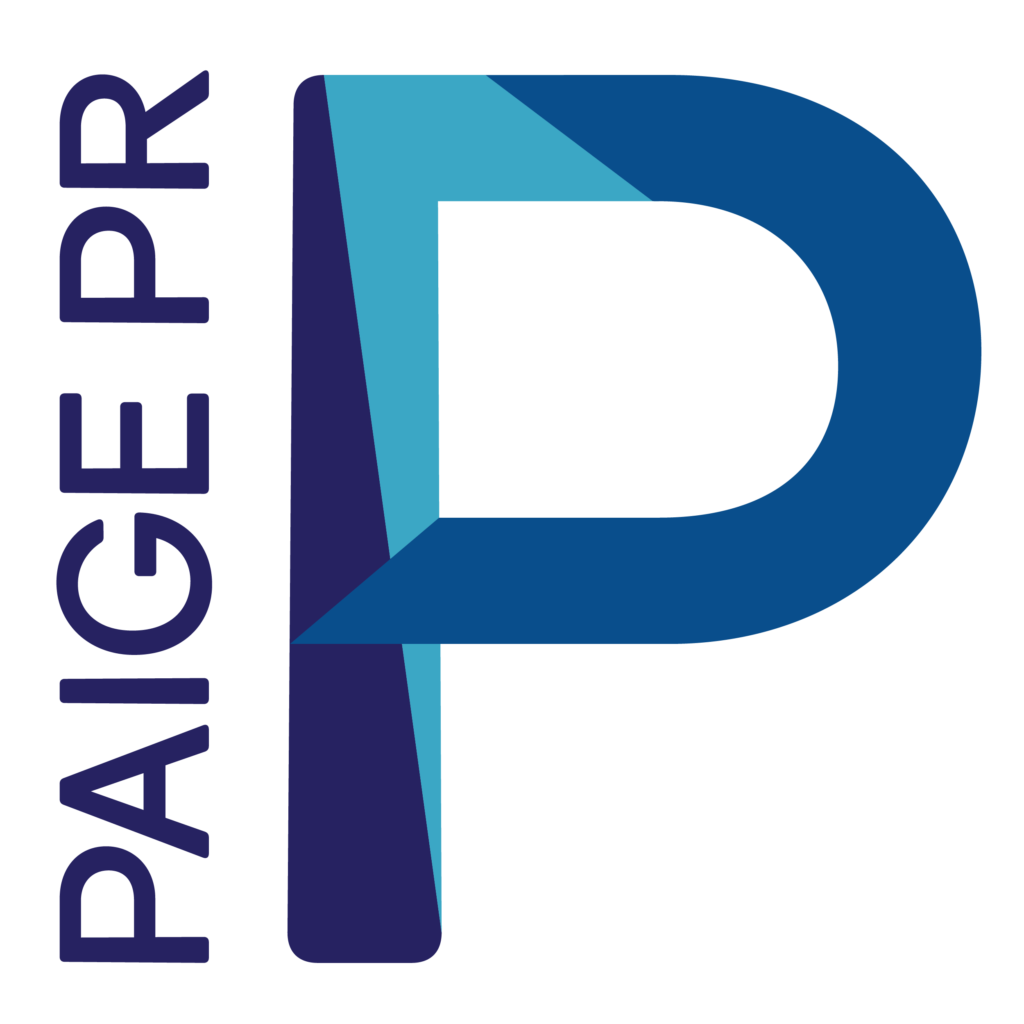LET'S GET CONNECTED!
Never miss a blog post from Paige PR! Our digital newsletter is packed full of actionable insights designed to inspire clear communication and real results to grow your business. Enter your info to subscribe!
Subscribe
The Future of PR: Trends to Watch & Implement in 2025
With the rise of content marketing, social media, and AI, it’s easy to question whether traditional PR still matters. The answer? Yes. PR is more important than ever, especially as brands need to navigate an increasingly complex media landscape. Below are eight PR trends to watch and integrate into your strategy for 2025.
1. Authenticity is Key
As social media continues to dominate, consumers are craving more authentic, personalized communication. Corporate jargon is outdated; users prefer real, conversational dialogue that reflects a brand’s true identity. In 2025, the key to success will be presenting your brand in a way that feels genuine and in alignment with your values.
Take this opportunity to reevaluate the tone and voice of your communications. Is it in line with your company’s personality and values? Authenticity should permeate every touchpoint, from social media posts to thought leadership articles.
2. Media – and Trusted Reporters – Still Matter
Despite declining trust in mainstream media, not all reporters or outlets are created equal. According to Pew Research, media credibility has been on the decline, but independent journalists on social platforms are gaining trust.
PR professionals must build strong relationships with respected journalists who align with their industry. Quality over quantity is essential when securing media coverage. A trusted reporter can provide invaluable exposure, while a questionable outlet may harm your brand’s credibility. Don’t dismiss all traditional media, but prioritize reputable, independent voices in your media strategy.
3. Crisis Response: Be Prepared for Social Media Firestorms
Every brand needs a crisis communication plan, but in 2025, social media crises will be the primary concern. A negative post from a high-profile influencer or consumer can quickly escalate into a public relations nightmare.
It’s essential to have a clear, actionable crisis plan for social media. The speed and scale of viral content make it crucial to have a rapid response protocol that includes monitoring, quick decision-making, and transparent communication with stakeholders.
4. Social Media Strategy: Tailor Your Approach
Different social platforms attract different demographics and understanding where your audience spends their time will dictate your PR strategy. TikTok and Instagram are the go-to platforms for younger audiences, while Facebook is still relevant, particularly for older demographics.
In 2025, it’s critical to choose the right social media platforms based on who you want to reach and the type of message you’re sharing. For instance, short-form videos on TikTok may suit fast, viral content, while Instagram Stories can engage audiences in more interactive ways. Tailor your content accordingly to resonate with your target audience.
5. Measuring PR Impact: Beyond Media Mentions
Measuring PR success has always been tricky, but with evolving tools, it’s now possible to get a more accurate picture of impact. In 2025, PR measurement will focus on both quantitative and qualitative metrics. Beyond media mentions, look for deeper indicators of audience engagement, like sentiment analysis and the reach of your content.
PR professionals should also assess the quality of media hits, not just the quantity. Are the outlets and journalists you’re engaging with credible? Are they reaching your target audience? The quality of coverage is just as important as how much coverage you get. Use data and analytics tools like media monitoring and social listening platforms to track the true effectiveness of your PR efforts.
6. AI and Automation: Optimizing PR Efforts
AI is transforming the PR landscape. In 2025, AI tools will be critical for automating repetitive tasks like media outreach and press release distribution. These tools can also help with content creation, analyzing competitors, identifying trends, and even drafting initial pieces that can be refined by human experts.
But the real power of AI lies in its ability to predict trends and consumer behavior. AI-driven analytics can help PR professionals stay ahead of potential issues, giving them a proactive edge in reputation management. However, while AI can optimize processes, it cannot replace the creativity, emotional intelligence, and relationship-building skills that are core to successful PR campaigns.
7. Purpose-Driven PR: Aligning with Consumer Values
As consumers increasingly demand accountability, brands that align with strong social and environmental values will be more successful. In 2025, consumers expect brands to take a stand on issues like sustainability, diversity, and social justice. If your brand doesn’t live up to its stated values, the backlash can be swift and severe.
To stay ahead, integrate your core values into every aspect of your PR strategy. Whether through sustainability initiatives, community engagement, or advocacy for important causes, show that your brand is committed to making a positive impact. Authenticity and transparency are key—don’t just talk the talk, walk the walk.
8. Video and Visual Storytelling: Dominating the Digital Space
Video content is no longer optional—it’s essential. With 80% of online content expected to be video by 2025, PR professionals must leverage visual storytelling to engage audiences. From short-form content on platforms like TikTok and Instagram to longer brand documentaries, video allows for deeper connections with audiences.
Live-streaming events, product launches, or behind-the-scenes footage is also gaining traction, offering real-time engagement and authenticity. Video is an opportunity to tell compelling stories that resonate emotionally with your audience, while also reinforcing your brand’s identity and values. The key to success will be creating content that feels both authentic and engaging, reflecting your brand’s true voice.
Conclusion: Adapt or Fall Behind
PR in 2025 will be shaped by rapid technological advancements, evolving consumer preferences, and a growing demand for brands that are authentic and purpose-driven. The key to success will be staying ahead of these trends and adapting your strategy to remain relevant.
By focusing on authenticity, building relationships with trusted media, creating robust crisis plans, embracing social media’s power, and leveraging AI and video, brands can strengthen their reputations and deepen their connection with audiences.
PR isn’t just about media coverage anymore—it’s about creating meaningful, lasting relationships and delivering real value through every interaction. The brands that understand the evolving PR landscape and adapt will be the ones that succeed in 2025 and beyond. PR is still vital—but how we do it must evolve to stay ahead of the curve.


